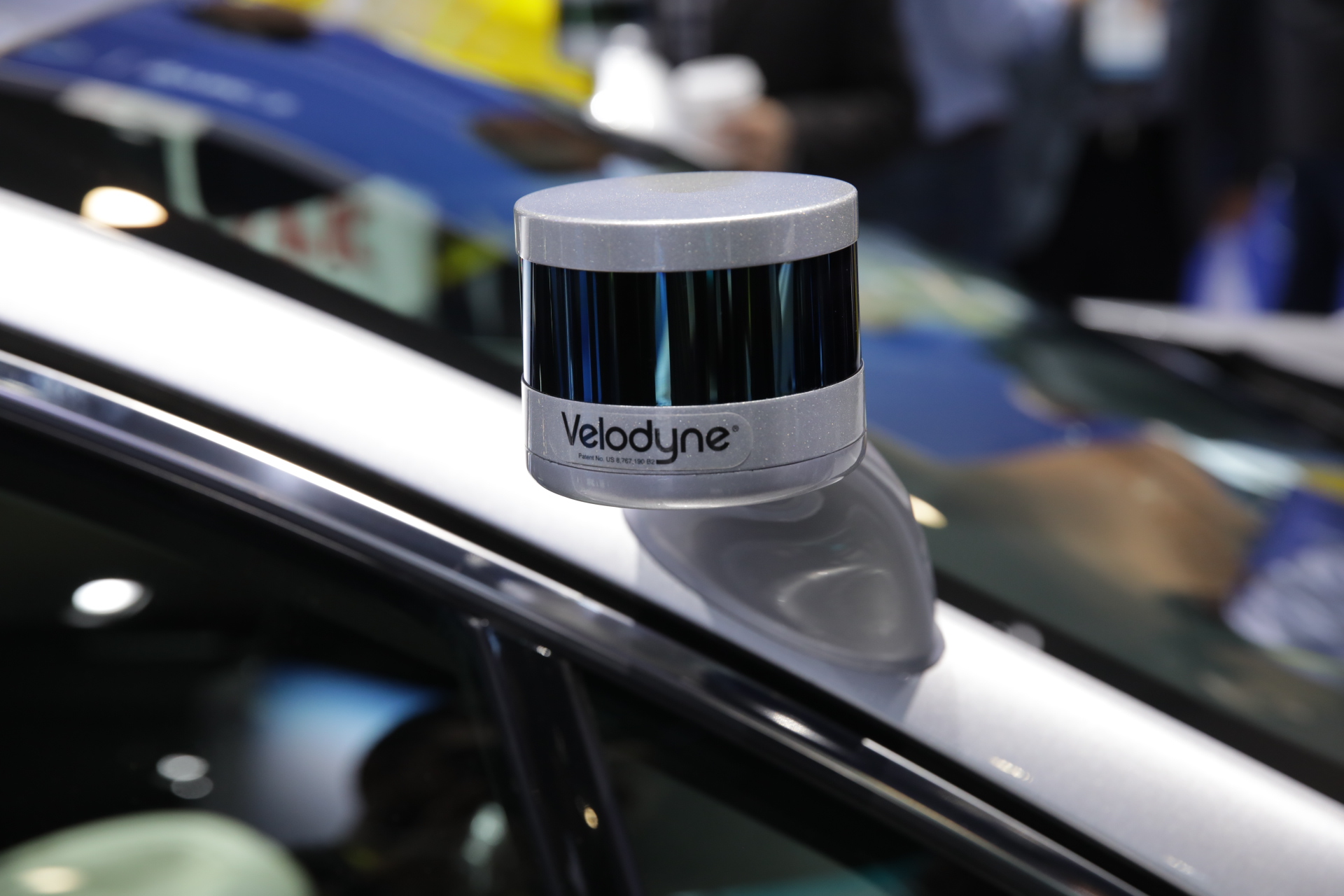Ford announced an updated Fusion Hybrid development vehicle for its autonomous driving testing late in December, and the car was on display at CES this year. The new vehicles include both a new platform in the base Fusion vehicle, and a new virtual driver system, which covers sensors arranged around the car, the sensor fusion system that combines all the data the car collects into one picture of the road for route planning, and a new compute stack in the vehicle to handle the task of actually driving.
I got a chance to take a look at the car on the show floor at CES, and to talk to Ford CEO Mark Fields about the new testing vehicle. Fields pointed out that the car has improved sensors, including better cameras throughout, with front, side and rear-facing cameras integrated into roof-racks for a design that looks more like an ordinary car you’d see on the road.
[gallery ids="1435537,1435538,1435539,1435540,1435541,1435542,1435543,1435544,1435545"]
The new test vehicles also have two LiDAR sensors where the last version had two, and these actually boost a longer sensing range of 200 meters around the vehicle. The two LiDAR sensors are affixed to the A pillars on the vehicle, with a vaguely bug-like look thanks to their protruding support bars. It’s one of the few really obvious external signs (aside from badging) that reveals the car’s purpose, but it’s a big improvement in terms of the obviousness of the tech vs. older vehicles.
These LiDAR units are also technically improved; they’re Velodyne’s solid-state hybrid Ultra Puck LiDAR units, which can see at double the range of the previous generation. This is important because it means more decision-making time for the vehicle’s virtual driver; greater sensing range means more time to spot problems and take actions to avoid them.
Fields says that he expects the design to become more innocuous still in terms of obvious sensor placements over time, though he declined to give me any clues about what the final vehicle design for the autonomous ride-sharing fleet will be.
This Fusion Hybrid test car is on roads starting this month, with the fleet doing testing on public roads in Michigan, California and African, as well as at University of Michigan’s Mcity autonomous vehicle testing facility, which simulates a range of real-world driving conditions.
